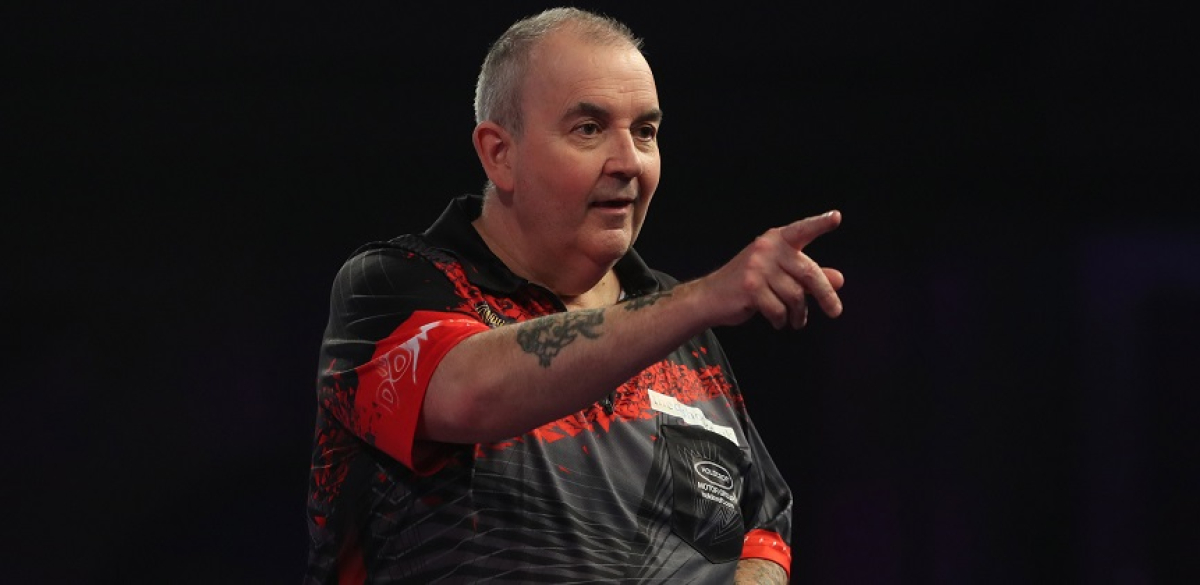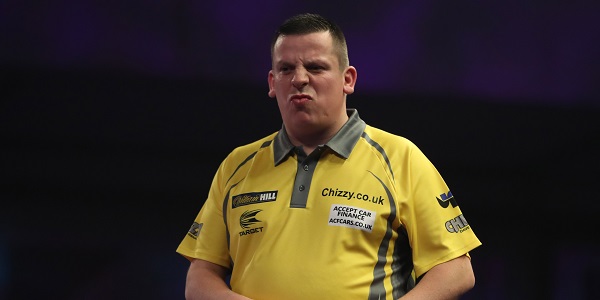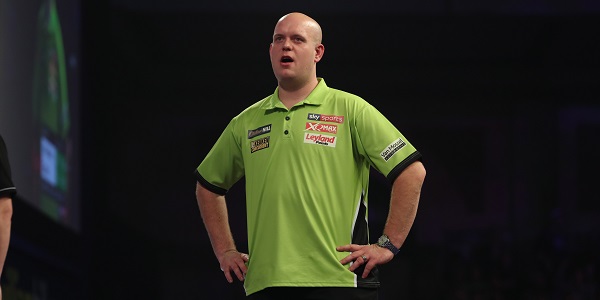
Christopher Kempf, the new statistical analyst of the PDC, takes a statistical look at the differences between double 16 and double 20.
A CHANGING of the guard took place at the William Hill World Darts Championship, not only with respect to the retirement of the veteran champion Phil Taylor or to Rob Cross' long-awaited defeat of world number one Michael van Gerwen, but also to the shifting strategies of players choosing a finishing double.
The 2017/2018 World Championship was the first in at least a decade in which each of the four semi-finalists preferred, won more legs on, and threw more darts at, double 16 than they did with respect to double 20.
It was also notable for the early eliminations of many of the traditional adherents of tops over double 16: none of James Wade, Adrian Lewis, Dave Chisnall, Peter Wright, Alan Norris or Jelle Klaasen - all of whom threw far more darts at tops in 2017 than they did at the other go-to double - advanced beyond the second round.

Van Gerwen, Jamie Lewis, Rob Cross and Phil Taylor by themselves hit 43% of the tournament's double 16s, with an accuracy approaching 50%, and only 16% of the tournament's double tops.
Throughout the World Championship, double 16 proved to be, on balance, the easier and more advantageous double of the two at which to throw for the leg.
The green bed had the higher doubles percentage (45.9%) than the red (41.1%).
Each of the doubles reached by missing double 16 to the inside (double eight and double four), moreover, had higher checkout percentages than those in the double 20 sequence (double ten and double five) - compare the wide gap between double four (44.4%) and double five (36.7%).
Players also missed double top to the inside 28.1% of the time, forcing themselves to switch to smaller doubles more frequently than double 16 throwers, who split their scores only 21.1% of the time.
These findings confirm data gathered in 2017 for the PDC as a whole, which indicate that the 32 checkout is a safer bet than 40, that doubles ten and five are more risky than doubles eight and four, and that the fear of missing to the inside, especially on the double 20 route, can substantially affect the likelihood of winning the leg.
The difference in outcomes between tops and double 16 becomes most striking when comparing checkout attempts between 41 and 52, in which a player can freely choose to leave one double or the other.
Of the 159 instances at Ally Pally in which a single number was successfully hit to set up two darts at a double at either D20 or D16, players in 80% of cases chose to set up the lesser of the two and checked out in 73% of attempts, while those who opted for "top of the shop" won the leg in that visit only 60% of the time.
If those probabilities remained constant in the long run across the PDC, favourers of double 16 could expect to win at least one more leg than their rivals in every match in which such the 41-52 checkout scenario presented itself half a dozen times.

It is not immediately clear why double 16 should have a higher checkout percentage than the equally-sized double 20.
To be sure, the astronomical 46% accuracy attained on double 16 at the World Championship was affected by the top players' propensity to throw for that double, which inflated the tournament percentage.
Phil Taylor, in particular, demonstrated for the final time his uncanny accuracy on double 16, which he missed to the inside only four times en route to 34 checkouts on his most frequently attempted double.
However, double 16 still has about a 2.5% advantage over tops in checkout percentage for the PDC as a whole. Why is this?
For one thing, double 20 is located at the highest point on the dartboard, above any of the trebles which a player might attempt en route to that double.
In contrast, double 16 is located roughly at the same height as the treble 19, which most players will attempt at least once during a leg.
The less extreme switch to double 16 from any other target may improve the overall odds of a checkout.
Furthermore, the layout of segments on the board may create a small inherent advantage for double 16's fans.
For players who miss double 16 to the inside, almost no adjustment is necessary. Double eight is immediately adjacent to double 16 and presents the player with a target that is very similarly shaped, along with double four, to the one at which he had just aimed.
In contrast, missing double 20 inside requires a dramatic switch to nearly the other end of the board for a vertically-oriented bed in double ten, and then all the way back again for the horizontal double five if it comes into play.
The most glaring difference between the two routes becomes apparent when considering the problem of double five.
As the only odd double that can be typically be accessed from either of the two doubles, double five presents the player with the possibility of wasting a dart at double if he misses to the inside, and thus encourages him to aim higher than he normally would to avoid it.
Missing double ten to the inside, and forcing a switch to the dreaded double five, presents similar anxieties to the double 20 aficionado.
Accordingly, double five has one of the lowest overall doubles percentages of any double on the board, and finishing a score of ten in three darts (58.2%) is statistically less probable than finishing 60 (59.7%).
The corresponding double in the 16 sequence, double four, has none of these problems and is in fact hit with greater accuracy than doubles 20, ten or five.
This is not to say that double 20 is never the best option.
For many players who prefer it unequivocally, especially Gary Anderson, throwing for double 16 instead of double 20 would disrupt the natural flow and facility of their games.
And, of course, a clinical command of double 20 is indispensable for checkouts of 53 and above - that is to say tops cannot ever be eliminated from a player's game, no matter how much he may dislike it.
But however small the comparative advantages of double 16 may be, they are real and in the long run they may result in winning the few extra legs that could make the difference in a players' career.